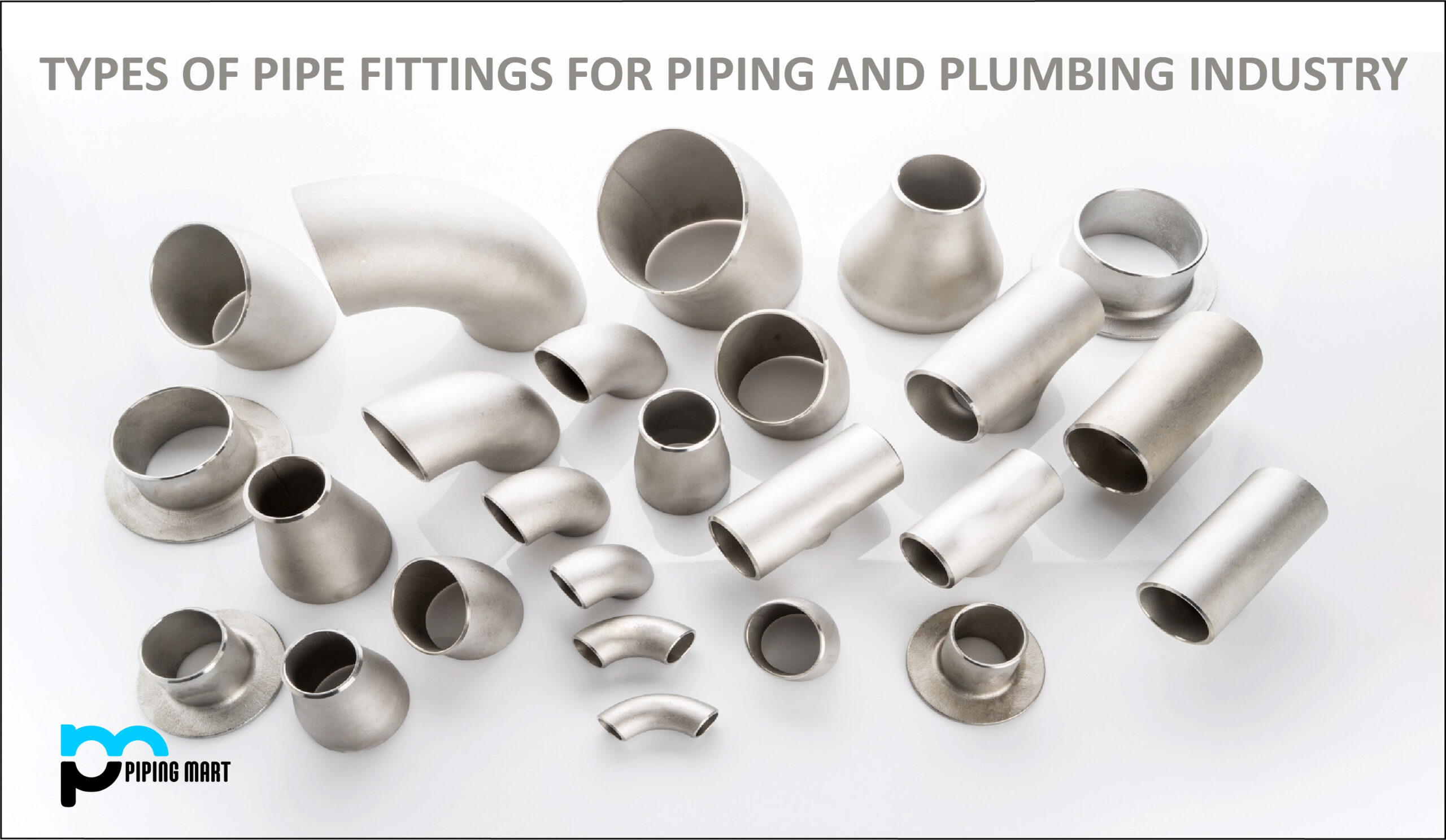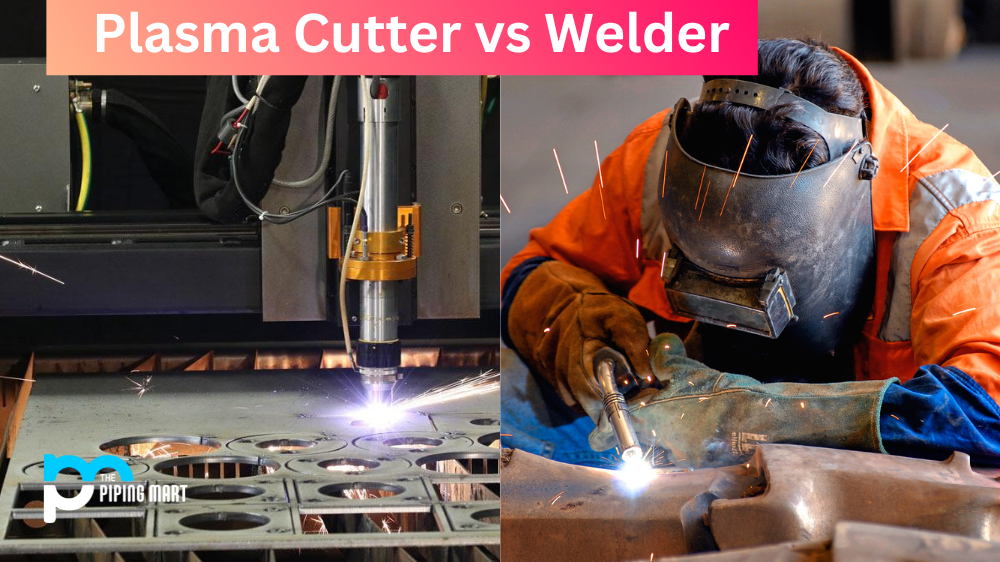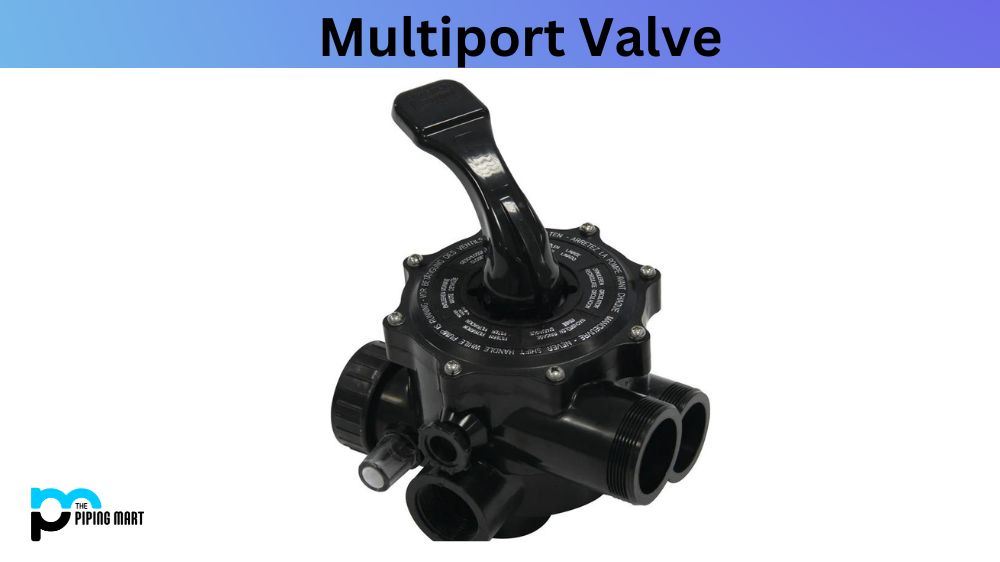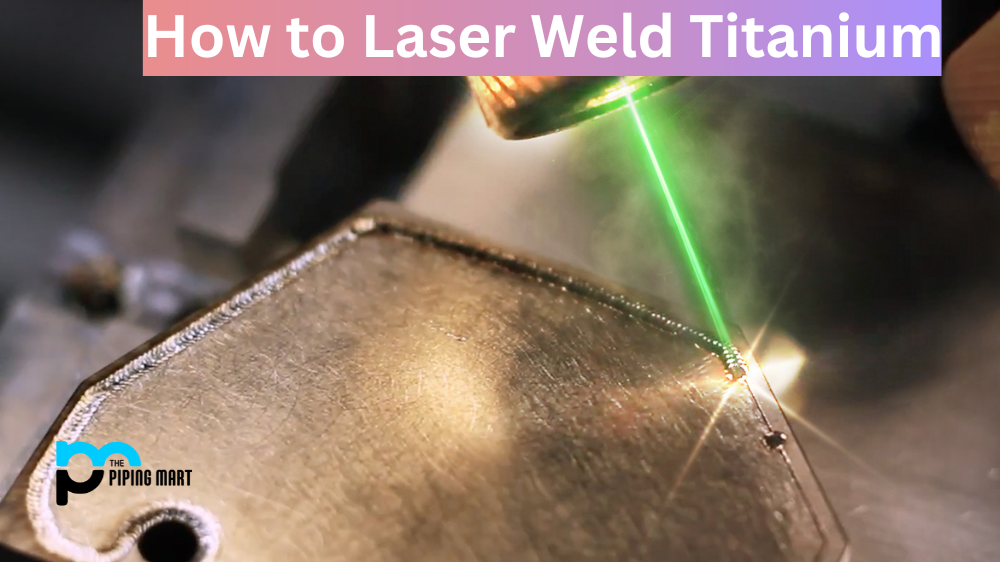What are Pipe Fittings?
Pipe Fittings are utilised to connect pipes. They serve other functions, too, such as changing the directions and the size of the pipes. Pipe fittings are produced as independent goods and purchased as such. Different Pipe Fittings possess distinct functions of their own. Elbows and tees are piping systems, some of the many components that help to modify the flow direction. The pipe’s size is altered by reducers and reducing tees. Couplings and other elements, such as caps, are used to start and stop flows.
Pipe fittings are frequently required for all piping and plumbing systems used in industrial and commercial applications. Fittings make it possible to join or install pipes where needed and terminate or close them as needed. Fittings are available in several sizes and forms. They can be expensive, time-consuming, and labour-intensive to install. They are a crucial component of plumbing and pipe systems. Numerous customised fittings are produced in their hundreds. Each type of pipe or tube has a specific fitting. However, most pipe fittings have some qualities in common. Where plumbing supplies are sold, pipe fittings are often offered.
Types of Pipe Fittings:
The piping, plumbing, and pipeline industries employ a variety of pipe fittings to act as branch connections or other inline piping components. The following is a list of types of fittings for pipes used in various industries.
Elbows:
Elbows are a type of pipe fitting commonly used to shift the flow direction. Elbows Due to their high demand in plumbing, they are primarily available in two conventional types: 90 and 45-degree angles.
90 Degree: A 90° elbow is inserted between the pipes to change the pipe’s direction by 90°. Options for long and short radii are available. The 90-degree elbow is primarily used to connect hoses to water pumps, valves, and deck drains.
Elbow at 45 degrees
The pipe is turned 45 degrees by inserting a 45-degree elbow between the pipes.
The 45-degree elbow is mainly used in water supply facilities, electronic and chemical industrial pipeline networks, food, air-conditioning pipelines, garden production, agriculture, and solar-energy facilities.
Elbows comprise two distinct radius types:
Long radius elbow:
It has a centerline radius that is 1.5 times the pipe’s nominal size or 1.5 times its diameter. Since long-radius elbows lose less pressure than short-radius elbows, they are frequently employed in pipes. It occupied more space than an elbow with a small radius.
A short radius elbow:
It has a centerline radius equal to the pipe’s nominal size or one pipe diameter. Short-radius elbows are utilised in applications when space is at a premium. However, it displays a high-pressure drop because of a fast change in the flow direction.
Reducing Elbow:
The 90 reduction elbows are used in piping systems to change a pipe’s direction and reduce its size. The reducing elbow reduces welding time by more than a third and substitutes one pipe fitting. The decreasing elbow’s constant diameter fall along its arc also reduces flow resistance, the impact of stream turbulence, and potential internal erosion. These characteristics shield the line from substantial pressure drops.
180-Degree Elbows:
Also known as, Return elbows, they are used to shift direction 180 degrees. There are two lengths of the design: short and long. Returns are used by the heating coil, heat exchanger, tank vent, and other parts.
Miter Band or Miter Elbow:
Miter bends are not typical pipe fittings; they are formed of pipes by angle cutting at 45 and 90 degrees to form a corner. Because large-size elbows are expensive, sizes 10″ and up are typically recommended. Only low-pressure water lines are permitted to have mitre bends. Two, three, or five components can create a mitre bend.
Pipe Bend:
Long-radius pipeline bends are utilised in fluid transportation lines that need to be pigged. The pipe bend’s long radius and seamless change in direction result in a little pressure drop, which permits a smooth flow of fluid and pig. There are many instances of both three-dimensional (3D) and five-dimensional (5D) pipe bends. D stands for pipe diameter.
Couplings:
The purpose of a coupler is to prevent leaks in pipes. Couplings in damaged or broken pipes. The pipes that need to be joined ought to have the same diameter.
Typically there exist three types of couplings:
Full Coupling:
A complete coupling is used to join small bore pipes. A pipe to a swage or nipple or two pipes were initially combined using it. There are threaded, and socket ends available.
Half Coupling:
A half coupling is used for small-bore branching from a vessel or large pipe. It can be socketed or threaded. A socket or thread end is present on only one side.
Reducing Coupling:
A reducing coupling is utilised when connecting two pipes with differing diameters. In that it maintains the centerline of the pipe but is much smaller, it is comparable to a concentric reducer.
The two types of couplings used in plumbing are known to be regular and slip coupling. Standard couplings are positioned between the two pipes to stop additional leaks with gaskets or rubber seals on both sides. Two pipes are built into the slip coupling to replace the long broken pipes.
Union:
A unique kind of pipe fitting called a pipe union joins two pipes and allows for simple removal without causing any damage to the pipes. They offer a strong seal and simple assembly and disassembly. They are frequently used in pipe fitting applications in the plumbing and small-bore piping sectors. Depending on the temperature and service requirements, pipe unions are built of carbon steel, stainless steel, cast iron, copper, nickel, aluminium, plastic, and alloy materials.
Three components make up a pipe union: a male end, a nut, and a female end. Unlike the male end, which has threads on the exterior, the female end has threads on the inside. The nut seals the joint and applies the appropriate pressure.
The functions of this form of pipe fitting are essentially identical to couplings, but there is one key distinction: a union can be withdrawn at any moment, whereas a coupling cannot. To prevent galvanic corrosion between the pipes, various dielectric unions are utilised to link pipes made of multiple materials. These pipe fittings contain a nut and threads with female and male ends.
Adapters:
Adapters are used as pipe fittings to join pipes of different types. There are different types of pipe adapters available for diverse applications. Therefore, it is essential to take care when ordering to receive the proper kind. They can be categorised as Straight Thread adapters, Locking Pipe Adapters, Offset Pipe Adapters, Male Pipe Adapters, Female Pipe Adapters, etc. The majority of their uses are in sanitary pipes for plumbing purposes. They are typically made of steel, cast iron, polymers, brass, aluminium, bronze, and copper.
Nipple:
A piping nipple is a pipe fitting used to join two female threaded fittings or pipes. It consists of a short, straight pipe with male pipe threads, often on both ends. One of the most well-liked subcategories of pipe fittings is this one. Pipe Nipples are frequently used as converters between various connection types. The majority of the time, low-pressure piping systems employ pipe nipples. They are utilised to fit pipes or hoses with straight ends. The size, construction, temperature, and product being transported will all affect the working pressure of pipe nipples. The largest selection of materials and wall thicknesses for pipe nipples are offered in the market.
Reducer:
You can use this pipe setting to change the pipe’s flow size from larger to more minor. Reducers come in two varieties: eccentric reducers and concentric reducers.
Eccentric Reducers have a cone-like shape and are used to gradually reduce the pipe’s size. According to the illustration, each end of the eccentric reducer has a centre located on a different axis. It maintains a steady bottom of pipe height for the pipeline. When one of the pipeline’s outside surfaces must remain unchanged, eccentric reducers are necessary.
The concentric reducer, also called a conical reducer, has a centre at either end on the same axis. The Concentric reduces the likelihood of air collection by having one edge facing the connected pipe’s mouth. It keeps the centerline elevation of the pipeline constant. When the centre lines of the larger and smaller pipes must remain constant, concentrators are used.
Tee:
One inlet and two outlets, positioned at a 90-degree angle to the main pipe, make up this T-shaped pipe fitting utilised in the plumbing system. When two pipes are connected, their respective flow directions are combined using this type of fitting. The two types of tees used in pipes are equal/straight tees and reducing/unequal tees. It is known as an equal tee if all three sides are the same size; otherwise, it is known as an unequal tee.
The distinct types of Tee, depending on their applications, are:
Straight Tee: The diameter of the Run (Header) Pipe and the branch in a straight tee are identical.
Reducing Tee: The Run (Header) Pipe diameter is smaller than the diameter of the branch in a decreasing tee.
Tee with bars: A barred tee, commonly referred to as a scrapper tee, is used in pipelines to stop the pig or scrapper from entering the branch of the Tee, and a restriction bar is internally welded to the branch. The bars are welded into the branch to allow the pig to freely flow through the run pipe.
Wye/Lateral Tee: It resembles a Tee with a branch at an angle other than 90°, such as 45°. Two pipes are joined at a 45° angle using a Wye tee. This style of Tee reduces friction and turbulence, which can hinder the flow. A Wye tee is also known as a lateral.
Cross:
This style of pipe fitting has four apertures on either side in each of the four main directions. Four pipes intersect at a common point next to this fitting. For the four possible ways that water or any other liquid can flow, there is either one input and three outputs or vice versa. Fire sprinkler systems frequently employ these types of pipe fittings.
Flanges:
A flange is another type of pipe fitting that joins pipes, pumps, valves, and other parts to create a complete piping system. They can be readily cleaned or examined from within the entire system. They are welded, threaded, screwed, or otherwise secured to the pipes before being sealed with bolts. Utilised mainly for industrial purposes and in-home pump systems.
Caps and Plugs:
Both pipe fittings temporarily or permanently seal the pipe’s ends (Caps & Plugs). To preserve the pipe for future usage, plugs are threaded and inserted into the pipe. Depending on the pipe’s material, there are various ways to attach a cap to the pipe, including soldering, glueing, and threading.
Bushings:
These pipe fittings are employed to join pipes of various materials. Bushing sizes are combined by reducing the size of the more extensive fitting to that of the smaller pipe. Bushings take up much less area than a union or coupler used for the same function and are not necessarily threaded inside out.
Wyes:
These pipe fittings of this sort are utilised in drainage systems. Wyes a branch line at a 45-degree angle to maintain a smooth water flow. A wye is required in certain situations where the sanitary tees do not function in a horizontal connection.
Valves:
In the plumbing system, valves are used to stop the passage of gases or liquids. Throttling, isolation, and non-return are the three categories. Isolation valves are employed to temporarily disconnect a section of the piping system for maintenance or repair. The throttling valves can endure the tension brought on by this operation and are used to control the pressure of a liquid in a pipe. The most expensive rigid piping parts in a plant are valves. They can make up as much as 20% to 30% of a process plant’s overall pipe item prices. The size of a valve’s ends attached to the piping system determines its size.
Typical valve types can be self-actuated, manually operated, or equipped with actuators. Valves can be performed by electric, pneumatic, hydraulic, or a combination of these actuators. According to the application, metals and non-metals are used to make valves.
The valves are gate valves, ball valves, check valves, plug valves, butterfly valves, needle valves, and globe valves.
Barb:
Barb Another helpful pipe fitting in the plumbing system for attaching flexible tubing to pipes is the barb. It features a single or many barbed tubes on one end that are put into the flexible tubing, and it has a male-threaded end on one side that links with the female threads.
Diverter Tee:
In pressurised hydronic heating systems, this style of tee-shaped pipe fitting is frequently used to divert a portion of the flow from the main line to a side branch connected to a heat exchanger.
Olet:
Small pipe branches from main pipes of a larger diameter are connected using piping olet, a self-reinforced branch connection. This is an option to branch pipes into one another. They were explicitly created by Bonney Forge, a business. Piping olets are frequently utilised in locations where reducing tees are not available. Piping elbows are made per ASME B 31.3 or MSS SP-97.
There are several piping olets available. Typical piping elbows include:
Weldolet: It has a 900 branch connection and supports sizes starting at 2 inches. They are frequently used in the plumbing industry and are appropriate for high-temperature and pressure classifications. There are two sizes of weldolets: full size and reduced size. However, the most frequently utilised weldolet is reducing size.
Sockolet: Sockolets are 900 branch connections, but they join larger-sized buttwelded piping headers to small-bore socket-welded piping. They are also available in full-size and reduced-size constructions, just like weldolet.
Threadolet: It is a 900 pipe fitting that can join small-bore threaded fittings to buttwelding piping connections.
Expansion Joint:
Expansion bellows, also known as piping expansion joints, are highly developed mechanical components that incorporate one or more metal/rubber bellows. Expansion joints absorb dimensional changes by a pipeline, duct, or vessel’s thermal expansion or contraction while maintaining system pressure.
Stream Traps:
A steam trap is an automatic valve that holds or traps steam in the system while allowing condensate, air, and other non-condensable gases (CO2) to be expelled from the steam system. To separate the condensate from the mixture, steam traps are used.
Threaded Pipe Fittings and Socket Welds:
They are both forged items with various pressure-temperature ratings. They are available in sizes from 1/8″ to 4″ NPS. These fittings come in four different pressure-temperature rating classes.
Only threaded-type fittings from the 2000 class are manufactured.
Threaded and socket weld types of fittings for the 3000 and 6000 classes are both produced.
Only the socket weld type of fittings from the 9000 class is made.
These fittings are necessary for low-pressure and small-bore piping.
The pipes are organised as follows.
Exterior threads, i.e. male threaded, are internally threaded screws inserted into the inside of bigger diameter pipe ends.
Internal threads, i.e. female threaded, acquire male-threaded pipe fittings.
In the male slip-fits, there are no threads.
Female slippers: No threads are present in the female slip fit. Designed to fit a slightly larger masculine sleeve.
Functions of Pipe Fittings
The primary function includes connecting two or more pipes’ or tubes’ bores and fusing pipe segments. Others include affixing a pipe to a different device, changing a fluid or liquid flow, preserving or controlling the flow, and a pipe’s closure and sealing.
Selection criteria for pipe fittings
Certain factors should be taken into consideration when choosing Pipe Fittings. They are as follows:
Connection kinds: You should know that a fitting can have two different connector types when buying pipe fittings. The fitting may have a female thread on one end and a male thread on the other. In the case of plastic fittings, one end may be a male slip while the other is threaded. They may also have ends that match and can meet any need.
Male threaded fittings are measured to the outside edge, or OD, whereas female fittings are measured to the inside edge of the inlet or ID. This is important to understand when determining the size of pipe fittings.
Construction materials: Typically, the pipe fitting should be made of the same material as the pipe into which it is to be installed. Nevertheless, materials that adhere to specific norms or standards may occasionally be utilised in pipes made of different materials.
Check for flow: To accommodate connections without reducing the pipe’s inner diameter (ID), pipe fitting ends should be larger than the rest. This will help to maintain continuous flow.
Type of fitting: In addition to pipe materials, pipe fittings can be distinguished by their kind, such as threaded or slip, male or female.
Thickness: Like pipes, pipe fittings come in varying thicknesses or “schedules.”
Design: Each pipe or tube is made to carry certain fluids, liquids, gases, or chemicals under a specified set of circumstances. As a result, there are several design options for pipe fittings.
Standards and codes: Different pipe fittings are rated according to specific standards and regulations established by various organisations. Examples of measures attributed to pipe fittings include ASTM, ASME, BSP, etc. These standards specify how to use pipe fittings.
Types of Pipe Fittings according to their Uses:
Pipe fittings can be grouped into the following categories based on their intended use:
-
Types of pipe fittings for extending or terminating pipe runs:
- Couplings
- Adapters
- Unions
- Caps and Plugs
- Directional Pipe Fittings Change
- Elbows and Bends
- Tee-Connection
-
Types of cross pipe fittings for splicing together several pipes:
- Tees
- Cross
- Side-inlet Elbows
- Wyes
-
Pipe fittings appropriate for sizing adjustments
- Reducers
- Bushings
- Couplings
- Reducing Tee
-
Fittings for flow-control valves in pipes:
- Valves
Conclusion
There are a variety of pipe fittings for the plumbing industry, each with its unique purpose. As you can see, there is a wide range of applications for different types of pipe fittings. When choosing the correct fitting for your project, it is essential to consider the material, pressure rating, application and connection type. If you need help finding a suitable pipe fitting for your needs, contact one of our experienced suppliers or manufacturer today. We are happy to answer any questions and help you find the perfect product for your project.

Pipingmart is B2B portal specializes in industrial, metal and piping products. Also, share latest information and news related to products, materials and different types grades to help business dealing in this industry.




